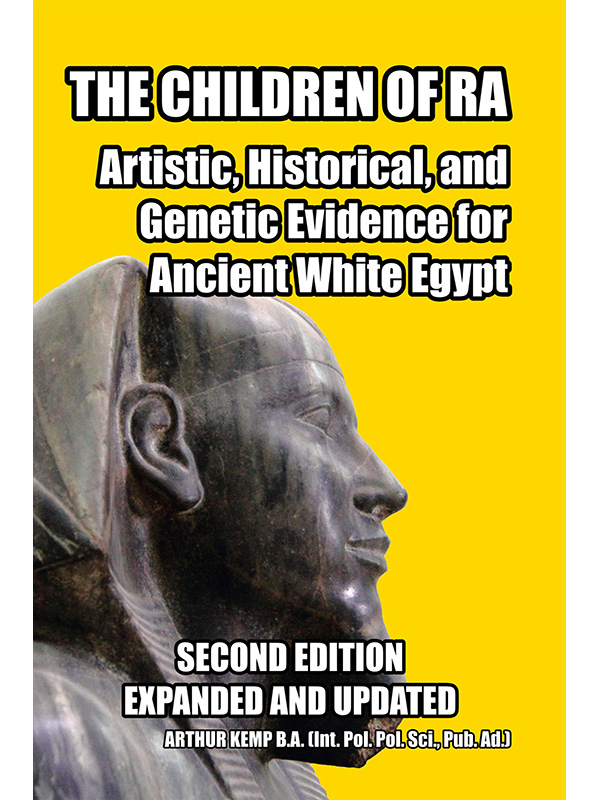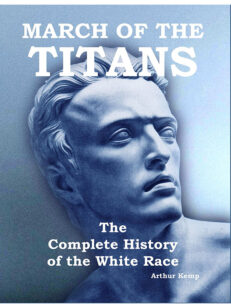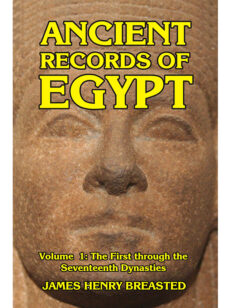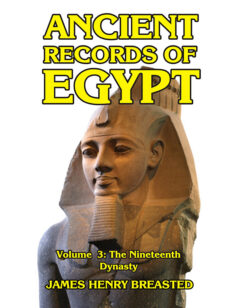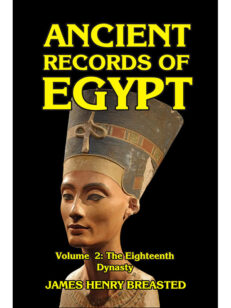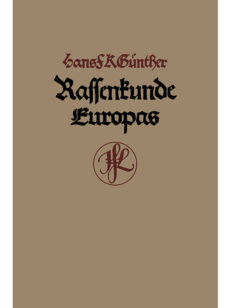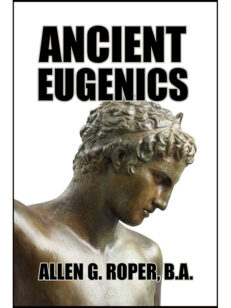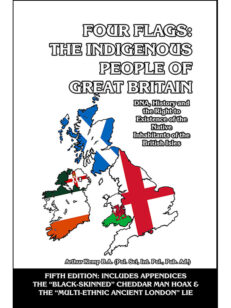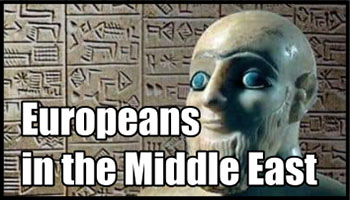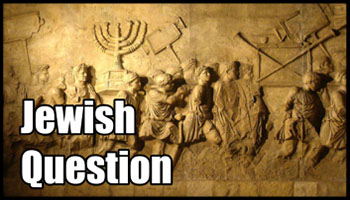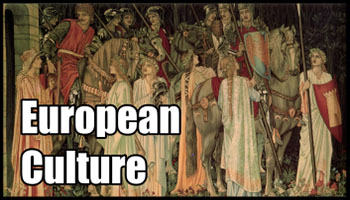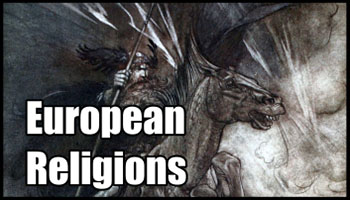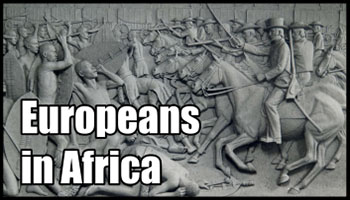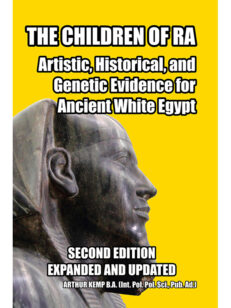Description
By Arthur Kemp. A comprehensive overview of the long-debated question of what race were the Ancient Egyptians—finally answered through a thorough study of the historical record, Egyptian art, images of mummies, and new dramatic DNA evidence.
Ra was the sun god of ancient Egypt, and part of the religion of that culture was a belief that the pharaohs were descended from him. The sun god was depicted with an eagle’s head and a human body, with the sun sitting on its head—thus the association of red and blond hair with royalty among the ancient Egyptians.
Lavishly illustrated with over 106 full color pictures, DNA evidence and a complete historical overview, this book proves that white people created the initial Egyptian civilization—and that ancient Egypt culture came to an end once those people had been bred out of existence.
Contains the dramatic DNA evidence which shows that Tutankhamun was of the same racial stock as present-day western Europeans, and the astonishing results of the largest-ever DNA testing of Egyptian mummies by scientists at the University of Tuebingen—which revealed that the Ancient Egyptians were closely related to present-day Europeans.
A vital work for all those fascinated by Ancient Egypt and the origins of that civilization.
Also contains a detailed Egyptian history timeline to explain how this white-founded society was overrun, and how this process led to the extinction of this greatest of the ancient civilisations—a somber warning to today’s West.
Contents
Chapter I: Introduction.
This deals with an overview of the competing theories (Euro and Afrocentrist);
Chapter 2: Timeline of Ancient Egypt.
This provides a simple guide to identifying the historical time periods of ancient Egypt, and the major events which led to racial population changes in that country;
Chapter 3: The Origins of the Ancient Egyptians.
This discusses the major theories behind the populating of ancient Egypt, coming out in favour of Sir Matthew Pietrie Flinders’s works;
Chapter 4: Ginger—the Oldest Mummy.
This provides some details on the pre-dynastic Gebelein mummy set, focussing on its most famous member, “Ginger” and his blond-red hair;
Chapter 5: Statues—the Artistic Evidence.
A long section with a number of original paintings, busts, and sculptures which all portray identifiable racial characteristics;
Chapter 6: Faces of the Dead—Mummies.
This section shows how accurate ancient Egyptian artist were in reflecting their subjects, and includes full-colour pictures of the blondest mummies you will ever see;
Chapter 7: The Nine Bows
The racial enemies of Egypt as portrayed among Tutankhamen’s treasure.
Chapter 8: Writing on the Wall—Other Races as Portrayed in Egyptian Art.
This section overviews the overtly racial images found in Tutankhamun’s tomb artefacts. No punches pulled here on the racial enemies of ancient Egypt;
Chapter 9: Nubian Pharaohs—the End of Ancient Egypt.
There were black pharaohs—right at the end of the ancient Egyptian civilization. The Nubian invasion heralded the downfall and end of that culture and civilization;
Chapter 10: Carved in Stone—Egyptian Writings about Their Enemies.
How the ancient Egyptians described race and racial segregation in their society.
Chapter 11: DNA—the Truth Leaks Out.
An overview of the two most important DNA tests done in Egypt, one of the general population which still shows European remnants amongst its highly mixed nature; and of course, the Tutankhamun DNA material. Also included is the skull measurement data from AM Mourant, which confirms the DNA data.
Chapter 12: DNA—“Ancient Egyptians more closely “Ancient Egyptians more closely related to Europeans than modern Egyptians”—2017 DNA Study.
Scientists from the University of Tuebingen in Germany reveal that ancient Egyptians were racially Europeans—and that the present-day Egyptian population is a mixed race group with a massive sub-Saharan element.
Chapter 13: Conclusion.
This is possibly the most important section, as it outlines what the artistic, historical and DNA evidence tells us: namely that the founders of ancient Egypt were white, but that society became increasingly mixed (or “diverse”) as time went on, until finally they became the mixed-race mass which is present-day Egypt.
From the conclusion:
“The Afrocentrist claim that these handful of black pharaohs “proves” that ancient Egypt was African in origin is as false as claiming that the United States of America was founded by blacks because it had a half-black president in 2011.
“The appearance of blacks as pharaohs marks the beginning of the end of ancient Egypt, not its foundation.
“To claim that ancient Egypt was black in origin is tantamount to claiming that the cities of Detroit or Washington DC in the US were founded by blacks because their present-day populations are majority black and they have black mayors.”
Cover: A bust of Pharaoh Khafre, dating from the fourth dynasty (2575–2467 BC).
“A truly magnificent rendition. Fabulous photos plus DNA. Very convincing.”–Dr J Phillipe Rushton, Ph.D., D.Sc.
86 pages, full color interior. Paperback.

